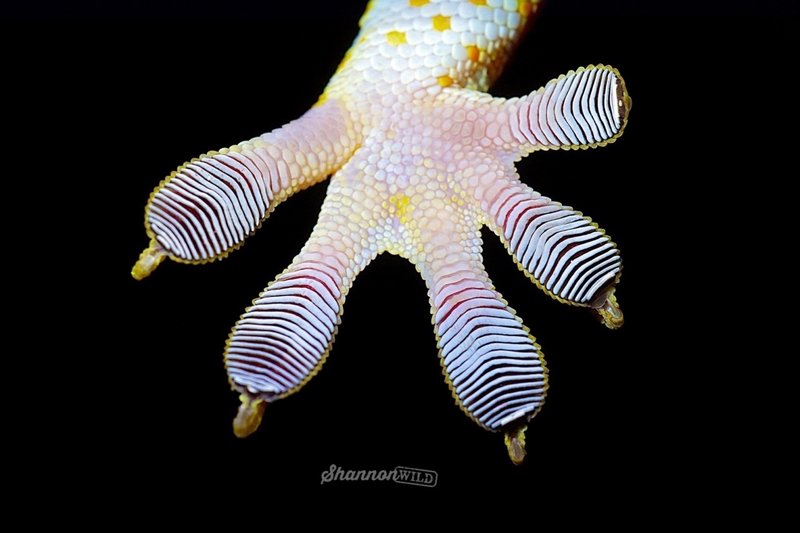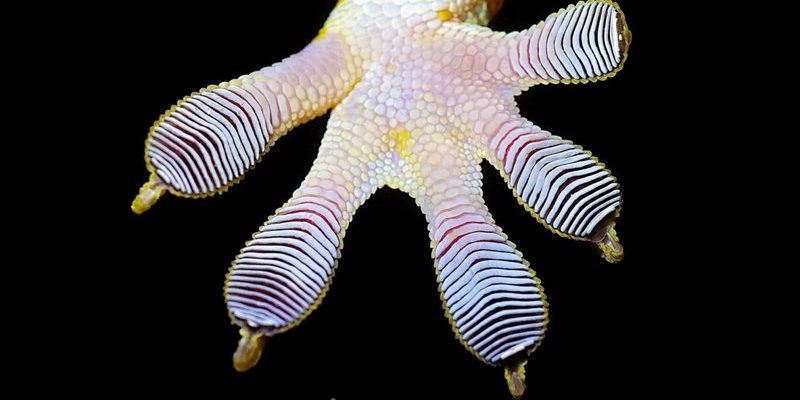
Imagine sitting in a cozy café, discussing your latest finds in the animal kingdom—like friendly Tokay geckos. You may have heard whispers about their temperament, diet, or even their magical healing powers. Some folks treat them as good-luck charms, while others claim they’re downright dangerous. So, what’s the truth? Let’s dive into the world of Tokay geckos and clear up some common misconceptions.
What is a Tokay Gecko?
The Tokay gecko (Gekko gecko) is one of the largest gecko species, making it hard to miss! They can grow up to a hefty 15 inches long and are known for their bold colors, which typically include blue or grayish bodies adorned with bright orange or yellow spots. This striking appearance helps them blend into their natural habitat in Southeast Asia and parts of the Pacific Islands.
These nocturnal creatures are avid climbers, thanks to their specialized toe pads that provide incredible grip. You might find them clinging to trees, walls, or even ceilings, making them quite the acrobatic marvel. Their distinct, loud calls are often a giveaway of their presence, resonating through the night as they communicate with one another.
Tokay geckos have an important role in their ecosystem, helping control insect populations, which benefits both local agriculture and human habitats. Plus, their unique attributes make them popular among reptile enthusiasts and pet owners alike.
Mistaken for Pets: Tokay Geckos are Easy to Care For
When it comes to pet reptiles, many people assume Tokay geckos are a breeze to care for. However, here’s the thing: they can be quite demanding! While they are visually captivating, they require specific environmental conditions to thrive. Their tanks should mimic a tropical habitat, with adequate humidity levels and temperature variations.
They also have a reputation for being territorial and aggressive, especially when threatened. This means handling them can be a challenge. If you’re considering adopting a Tokay gecko as a pet, it’s essential to educate yourself fully about their needs and behaviors. You might find that they are more suited for experienced reptile owners rather than first-timers.
So, don’t let their beautiful appearance fool you into thinking they’ll be easy companions. Tokay geckos need a dedicated owner who understands their unique characteristics and is willing to invest time in proper care.
Myth: Tokay Geckos are Dangerous
One of the most persistent myths about Tokay geckos is that they’re dangerous creatures. While it’s true that they can bite if they feel threatened, they’re not out to harm you. Their bites can be quite painful due to their strong jaws, but they typically reserve this behavior for self-defense.
In the wild, they play a crucial role in their ecosystem, helping keep pest populations in check. Their bites are more of a warning than an actual threat. If you’re cautious and respectful of their space, you’ll find that Tokay geckos are not the monsters they’re often made out to be.
It’s important to remember that every animal has its territory and limits. Understanding and respecting those boundaries can lead to a more harmonious experience with these fascinating reptiles.
Fact: They’re Expert Insect Hunters
Tokay geckos are not just pretty faces—they’re also fantastic hunters! In the wild, they primarily feast on insects like cockroaches, crickets, and moths. Their keen eyesight allows them to spot prey even in low-light conditions, making nighttime a prime hunting time.
What’s fascinating is how they use their tongues! Tokay geckos have long, sticky tongues that they use to catch their food with precision. Once they spot a meal, it’s like watching a tiny, well-oiled hunting machine in action.
If you decide to keep a Tokay gecko as a pet, you’ll need to replicate this part of their diet. Offering a variety of insects will keep them happy and healthy—just remember to dust those critters with vitamins to ensure a balanced diet!
Myth: Tokay Geckos Have Magical Healing Powers
Some cultures believe that Tokay geckos possess magical healing properties, a myth that often leads to their capture for traditional medicine. While the idea of *healing geckos* sounds intriguing, there’s no scientific evidence to support these claims.
It’s important to approach such beliefs with caution. The overharvesting of these creatures can lead to population decline and disrupt the ecosystem. So, while the allure of a mystical creature is tempting, it’s essential to appreciate Tokay geckos for what they truly are—wonderful reptiles with unique characteristics and behaviors.
Respecting wildlife helps ensure that these magnificent creatures stay part of our world for future generations to enjoy.
Fact: They’re Great Climbers
If you’ve ever seen a Tokay gecko in action, you know just how agile and athletic they are. Their specialized toe pads allow them to cling to nearly any surface. This adaptation not only helps them escape predators, but it also enables them to hunt effectively among trees and rocky landscapes.
Watching a Tokay gecko scale a vertical surface is truly a sight to behold. The way they maneuver through their environment showcases their evolutionary prowess. As they cling to branches or walls, you can’t help but admire their skills.
If you’re keeping one as a pet, provide a climbing-friendly habitat. Sticks, branches, and even rocks will keep your Tokay gecko entertained and help simulate their natural environment.
In the world of Tokay geckos, separating fact from fiction is crucial for appreciating these incredible creatures. They might be surrounded by myths, but the truths about their behavior, care, and ecological importance are what make them truly fascinating.
Understanding these reptiles helps foster a deeper respect for wildlife. So, whether you’re considering one as a pet or simply enjoying their presence in the wild, it’s essential to appreciate their unique nature, quirks, and contributions to our ecosystems. The more we learn about them, the more we can ensure they remain a vibrant part of our world for years to come.

